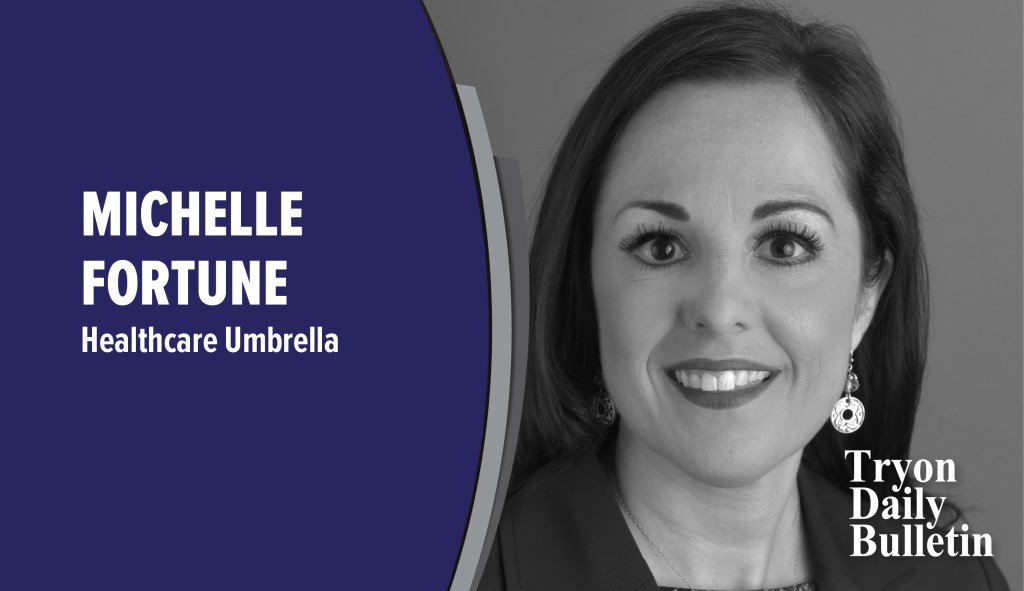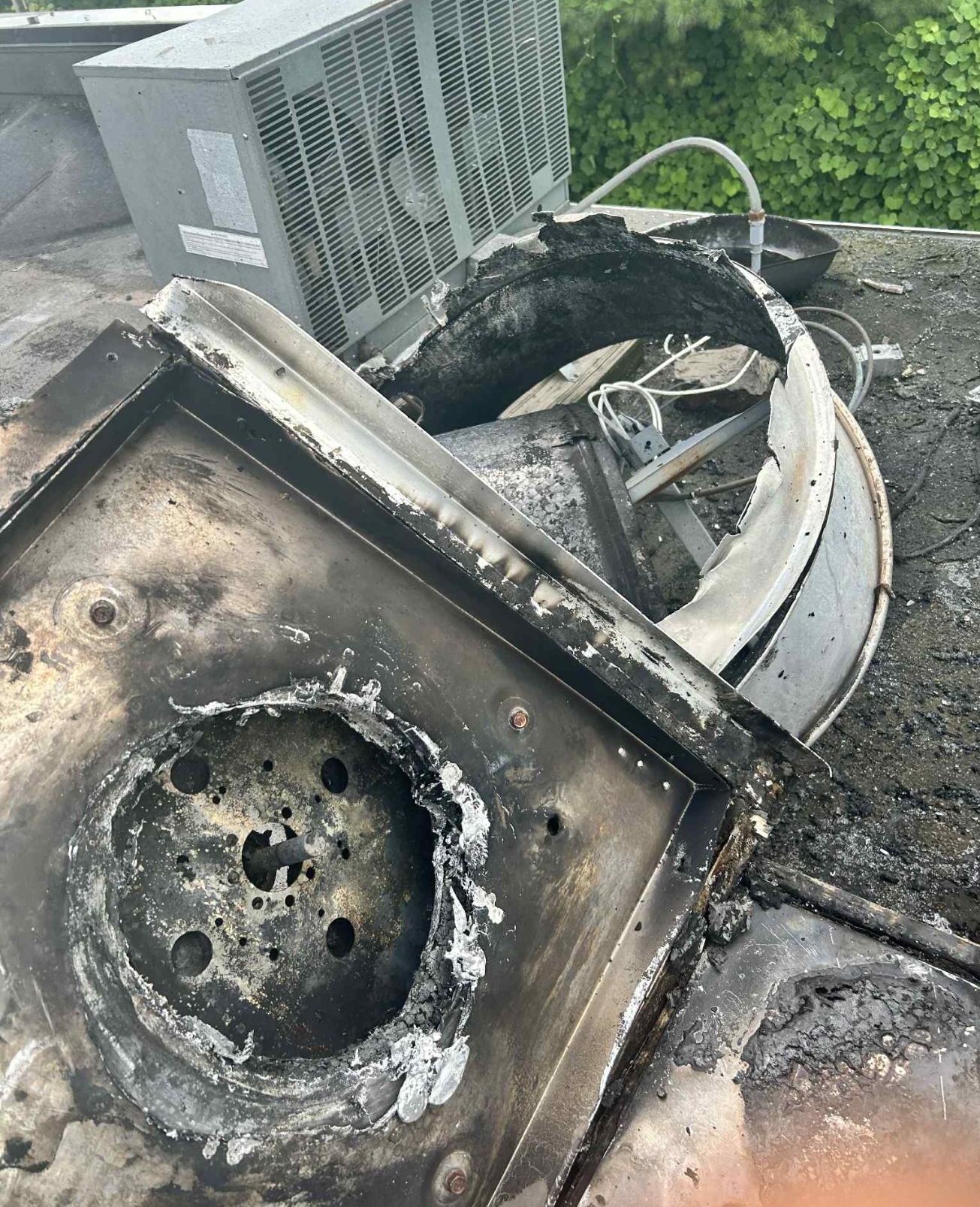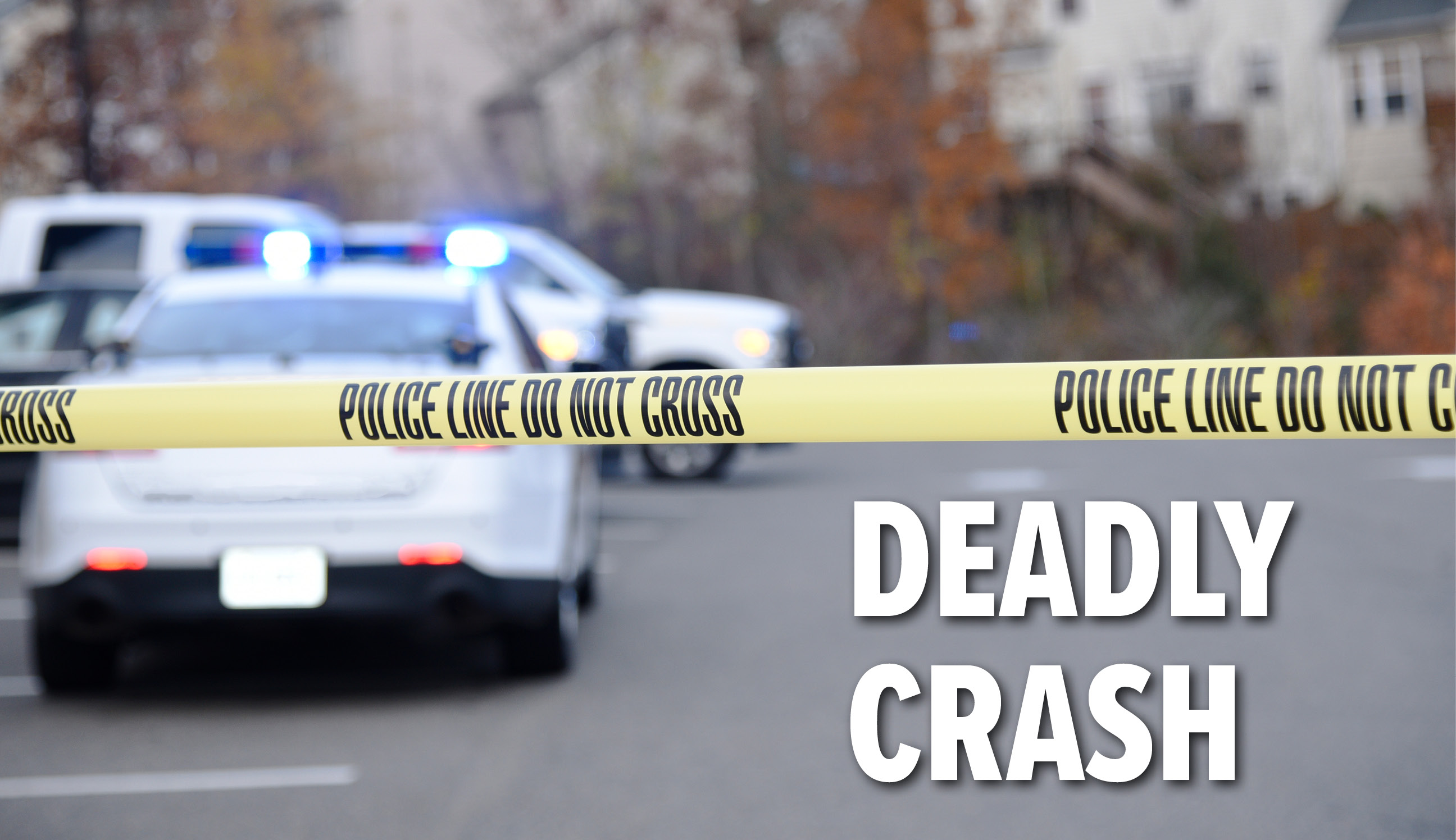Are you disaster-ready?
Published 12:52 pm Monday, October 9, 2023
|
Getting your Trinity Audio player ready...
|
Lahaina, Katrina, Joplin, Harvey, and East Palestine conger up thoughts of unspeakable loss of property and lives. Wildfires, hurricanes, tornados, and manmade disasters happen. The question is not “if” but “when.” Every part of the country is at risk of catastrophes.
Disasters disrupt millions of lives every year, often with devastation that takes years from which to recover. As frequently the case with tragedies of colossal scale, most in your community will need help to get back on their feet. With the totality of destruction, first responders and other assistance may not reach you for a few days or weeks.
When disaster hits Polk County, are you ready?
According to the American Red Cross, the time to prepare is NOW so that during the disaster, you know HOW to respond and afterward are BETTER prepared to recover. I hope to summarize things to think about in this column.
Create a disaster network. Who are the trusted members of your network? This network should include people within your community and outside of your immediate region. I encourage everyone to create a contact information list of helpers, including family, friends, and community agencies.
Meet with your team to plan methods of communication before, during, and after a disaster. Have the team share skillsets, capabilities, and needs as part of your planning. Assign responsibilities accordingly to each, and review and refresh your plans every six months or so.
Next, it’s essential to understand the risks that face our community. Here in Polk County, we’re not at risk of a direct hit from hurricanes, but we are subject to high winds, tornados, torrential rain, flooding, and mudslides as those systems move inland. Forest fires are also an area risk. Familiarize yourself with Polk County’s Emergency Management and sign up to receive alerts and warnings. Download the “Emergency” app from the Red Cross and familiarize yourself. You can identify the app by the red exclamation mark on a white square.
Locate and organize important documents, including your driver’s license, passport, bank account records, deeds, insurance policies, and birth certificates. Is your property insurance up to date and has adequate coverage for today’s cost to rebuild? You can’t wait until a storm is bearing down on you to make changes to your policy.
Consider your response if power and water are lost. Do you have supplies to last for two weeks or more? Do. If you have medical devices that need power, do you have a generator and know how to use it safely? Identify multiple escape routes out of every room in case of fire and know your plan to call for help.
Take inventory of your medical and physical needs and prepare to keep essentials on hand in a standard location in your home.
If you evacuate, authorities will inform you when it is safe to return. Only work with trusted sources: Your Disaster Network, local government, the American Red Cross, and FEMA. If you face property damage, document the destruction and work with others to safely remove the debris. Understand that disasters always bring out scammers.
St. Luke’s Hospital is prepared to meet the community’s needs in a disaster. Our plan includes the immediate expansion of emergency services, increased availability of inpatient beds, central direction, and coordination activity. Each hospital department has detailed contingency plans, and all teammates train on the strategy through semi-annual mock disaster drills.
For all of us, preparedness begins by staying safe BEFORE the disaster strikes. Our plans should include what to do during and after the disaster. Through advanced preparation of strategies and resources, you can keep your family safer.
If you have a healthcare topic of interest or want to learn more about St. Luke’s Hospital, please note me at Michelle.Fortune@slhnc.org. Also, please follow us on Facebook, Twitter, and LinkedIn or visit our website at StLukesNC.org.






